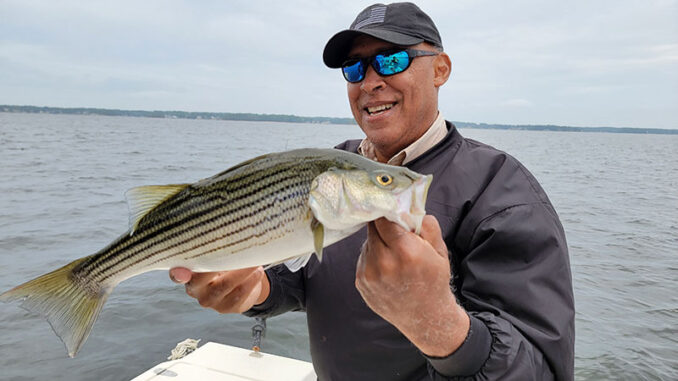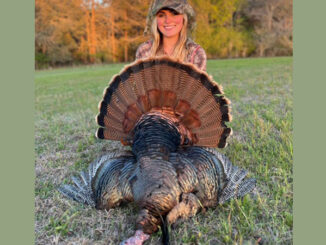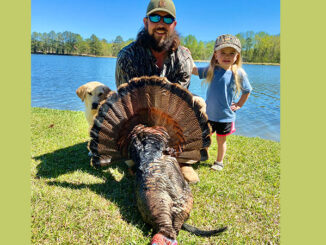
Lake Murray’s stripers are feeding on the surface
When Capt. Mike Glover gets on Lake Murray’s waters early in the morning during March, he’s looking for birds.
“Spring is right around the corner and temperatures are warming up, and that means it’s time to start chasing schooling fish on Lake Murray. And one of the best ways to find those fish is by finding the birds first,” he said.
Those birds are dive-bombing baitfish that run to the surface attempting to escape stripers that are chasing them from below.
“When you find the birds, you’ll find the baitfish. And when you find the baitfish, you have found the stripers,” he said.
Schooling activity can happen any time of the day this month. But Glover (803-609-0066) said it’s always at its best first thing in the morning.
“You want to start early. Even on those bitterly cold mornings, you’re going to want to be on the water and in place shortly after sunrise. Just watch for the birds and watch for water that looks like its boiling,” he said.
When the fish are hitting the surface like that, Glover likes casting large topwater lures. Pencil poppers are among his favorites. He encourages his anglers to work the lure back steadily, ready to begin reeling when a striper slams it.
“The topwater bite will be very aggressive. Keep a good, tight grip on your rod and be ready while you’re reeling,” he said.
Change it up
Ivory-colored flukes are also great options. These are soft plastic lures that showcase lots of writhing action as you reel them. Anglers can change the speed of their retrieve to either burn them across the surface, or let them fall before, or while, reeling.
“When the stripers are hitting the surface, then suddenly stop, they’re going back down. That’s a good time to let the fluke sink before reeling,” he said. “You’ll catch a lot of stripers with that method right now,” he said.
And once the day starts warming up and the sun rises, the topwater action will slow down. That’s when Glover pulls out the planer boards and begins pulling lines staggered at a variety of depths ranging from 5 to 20 feet. Gizzard shad is his bait of choice here, but he said blueback herring works nicely as well. He keeps his boat running between 0.7 and 1 mph.
“I pull around creeks, points, and humps. It’s a productive strategy this time of year,” he said.





Be the first to comment